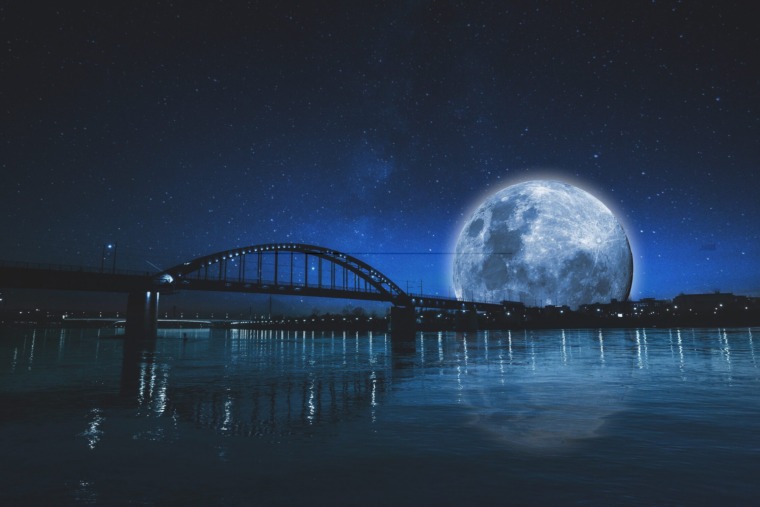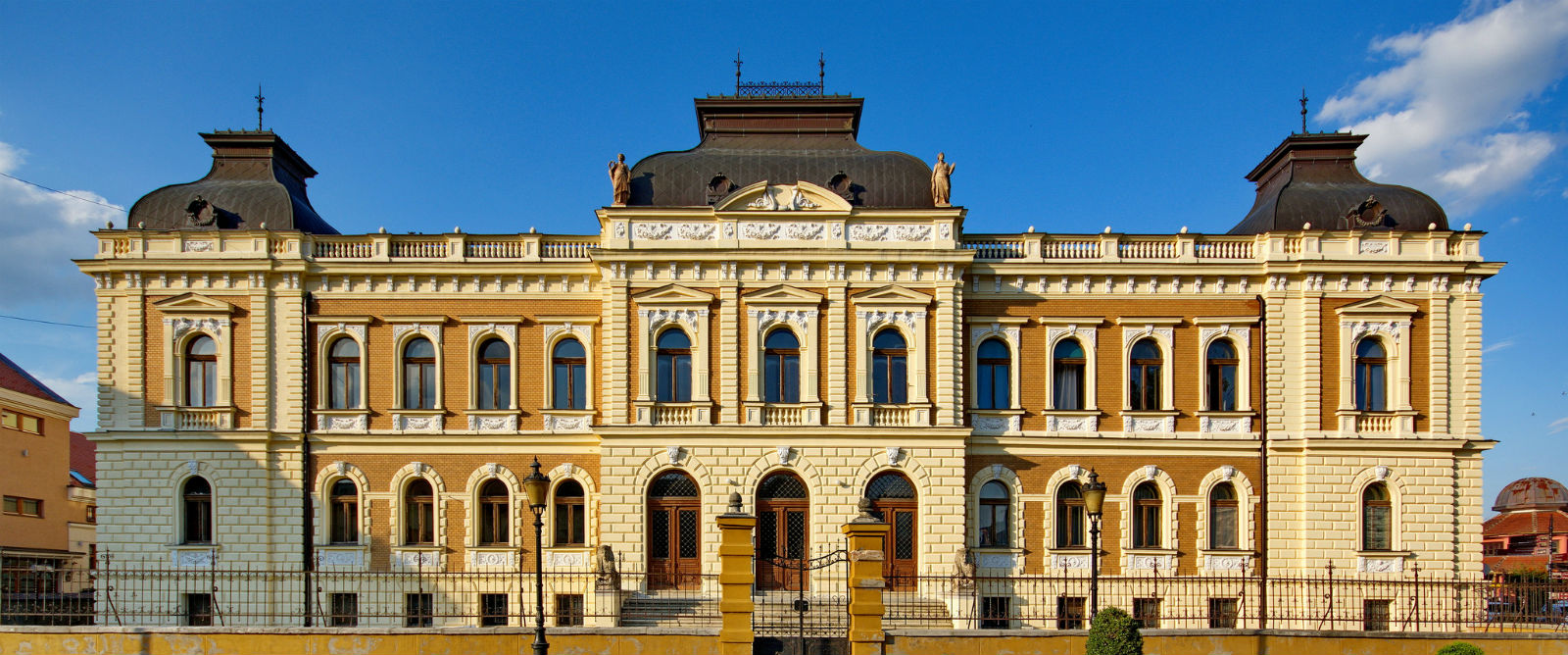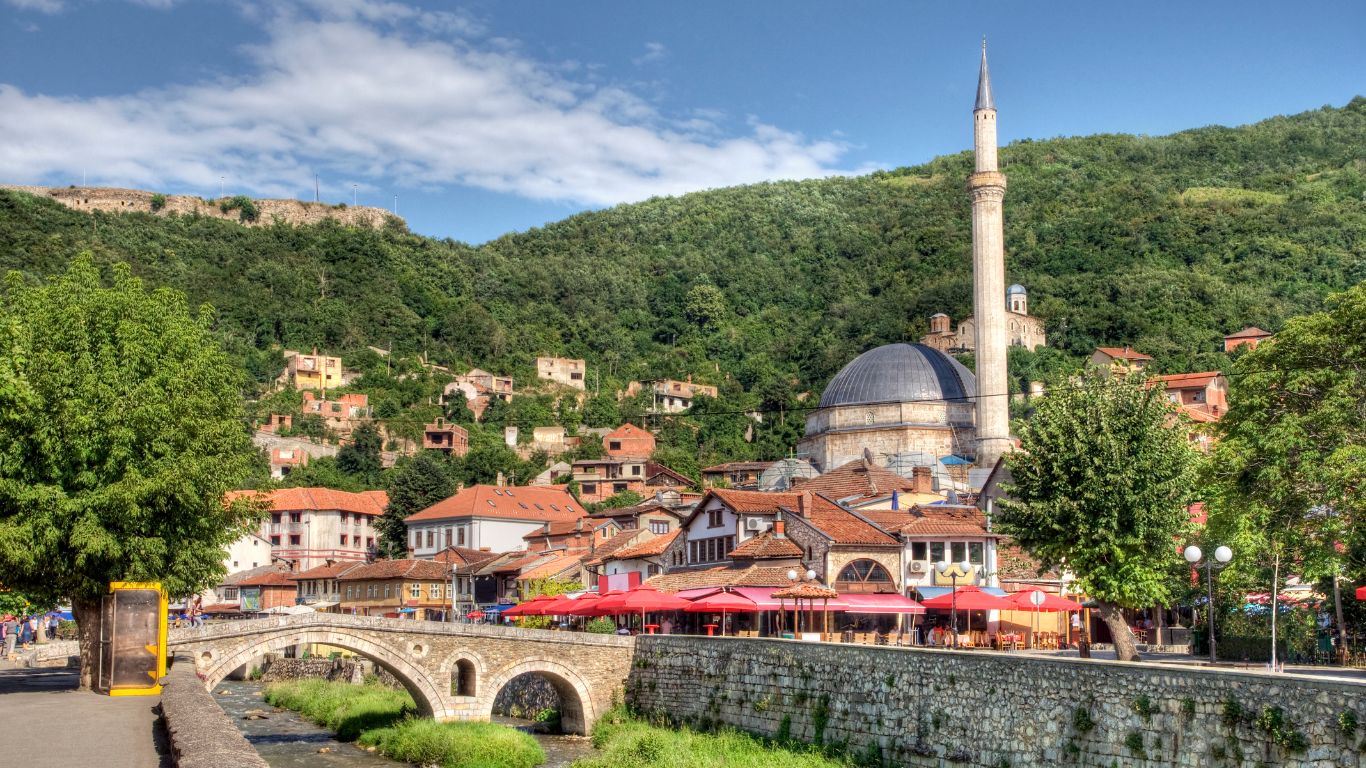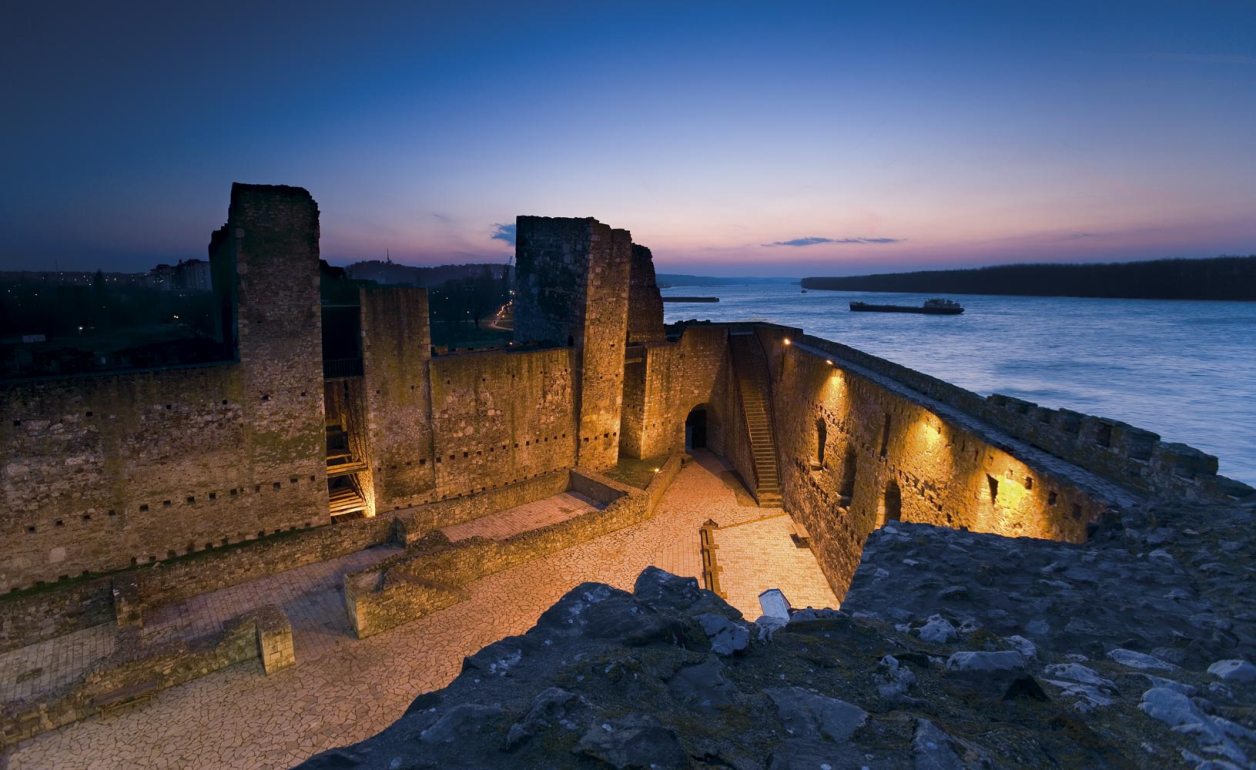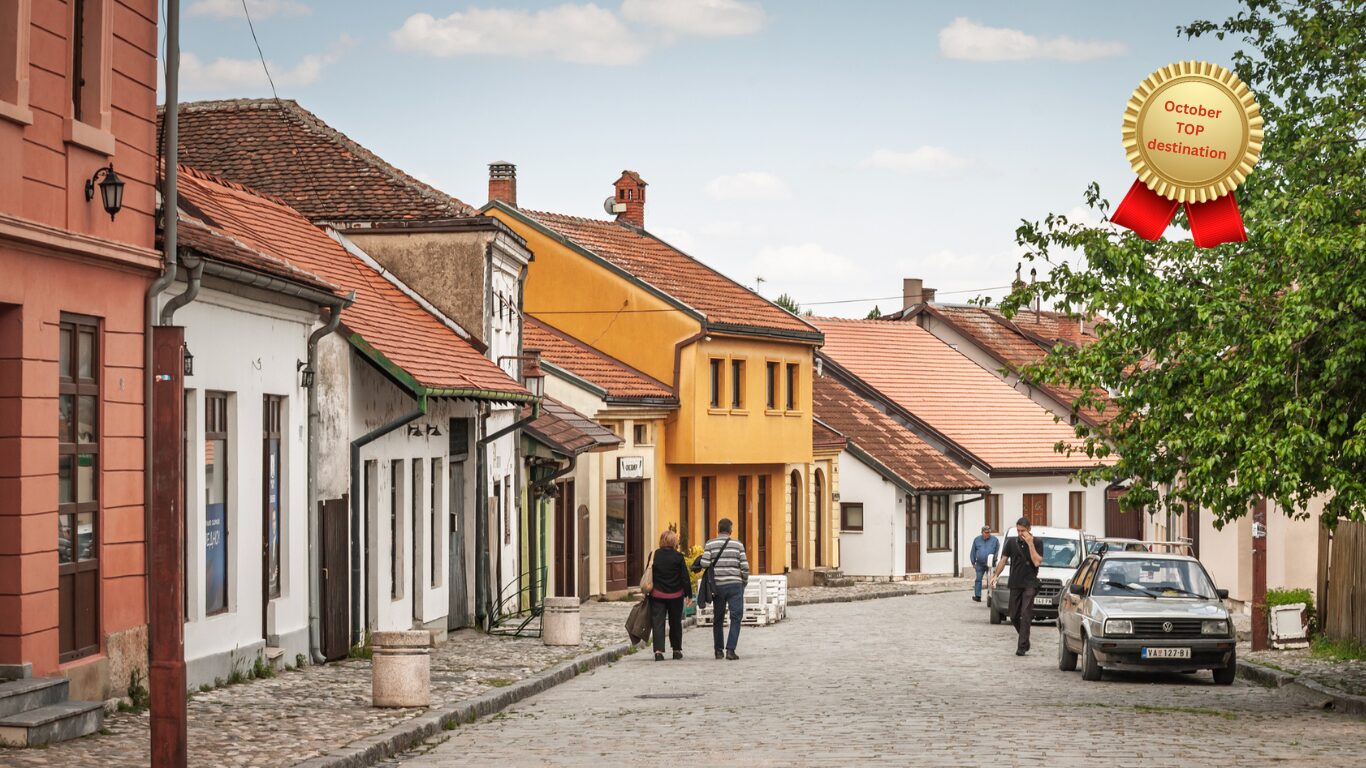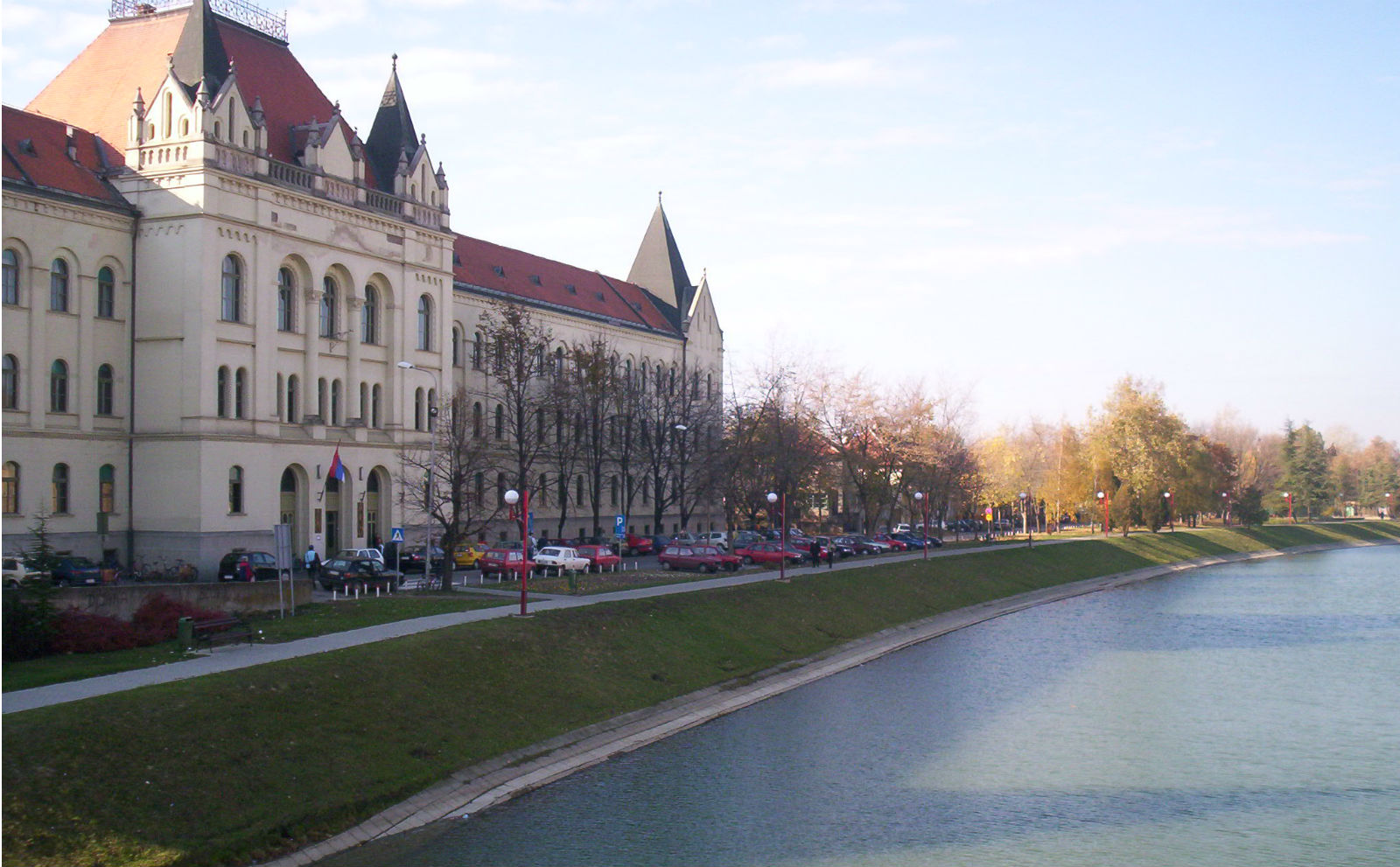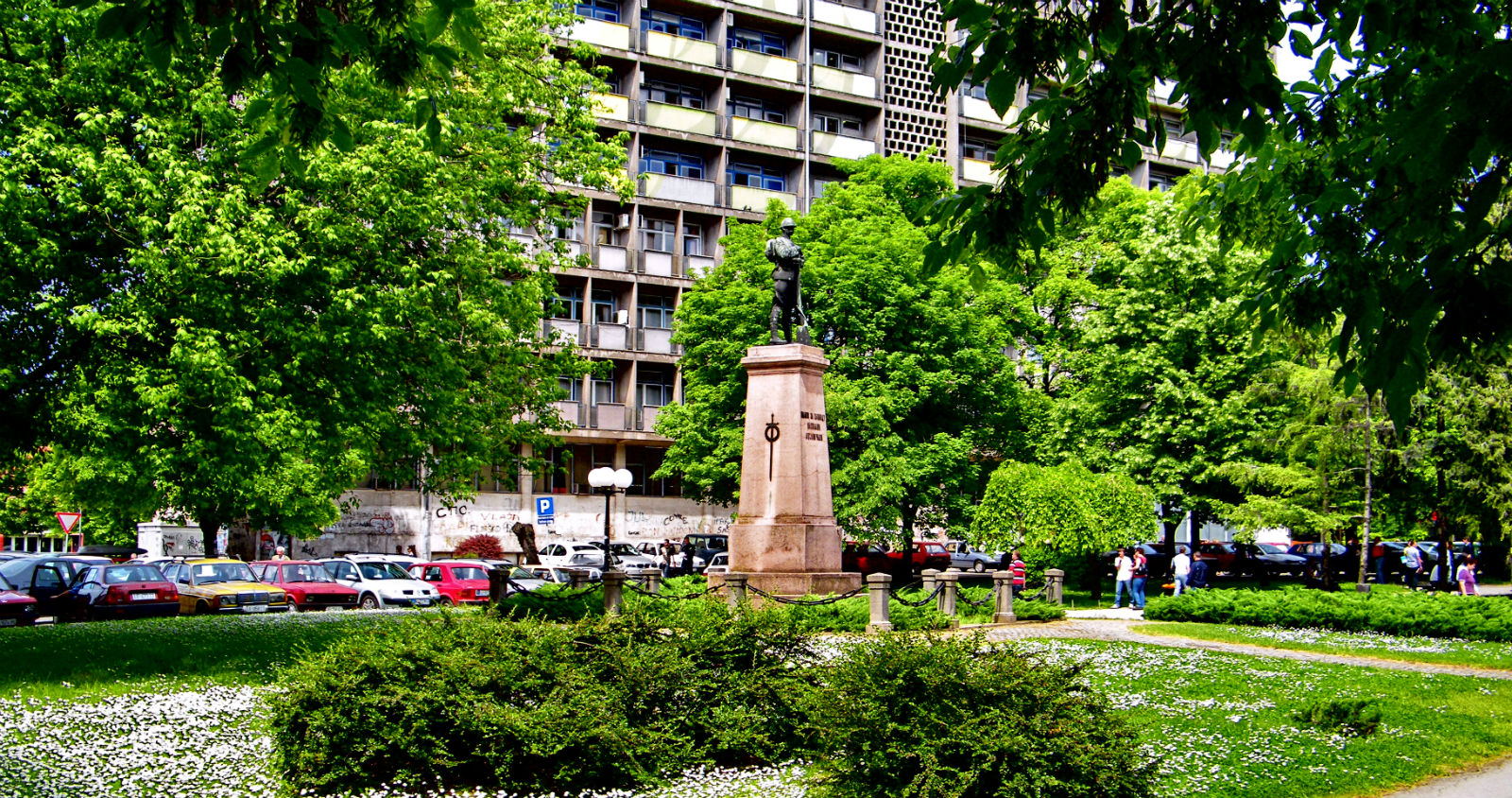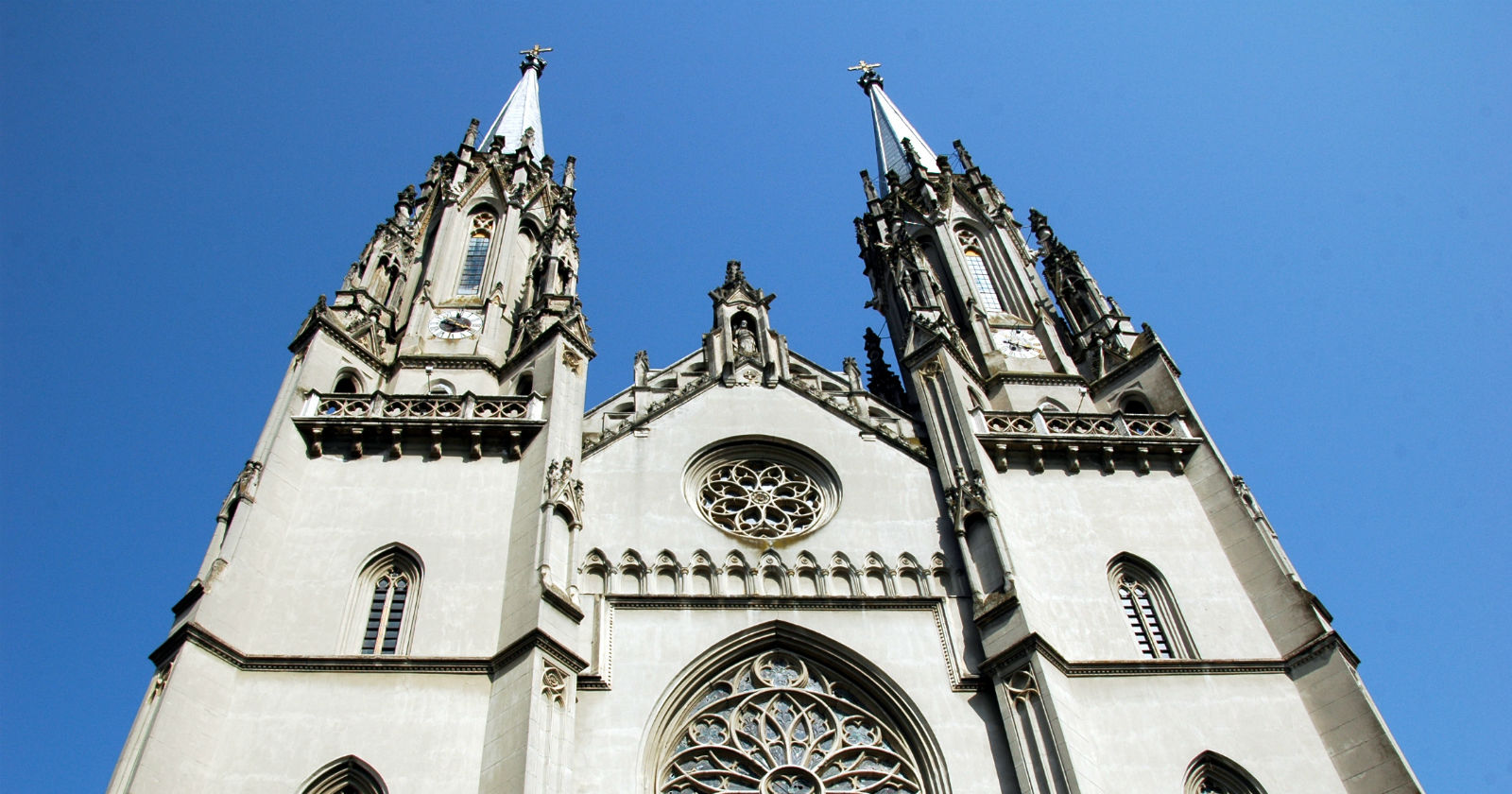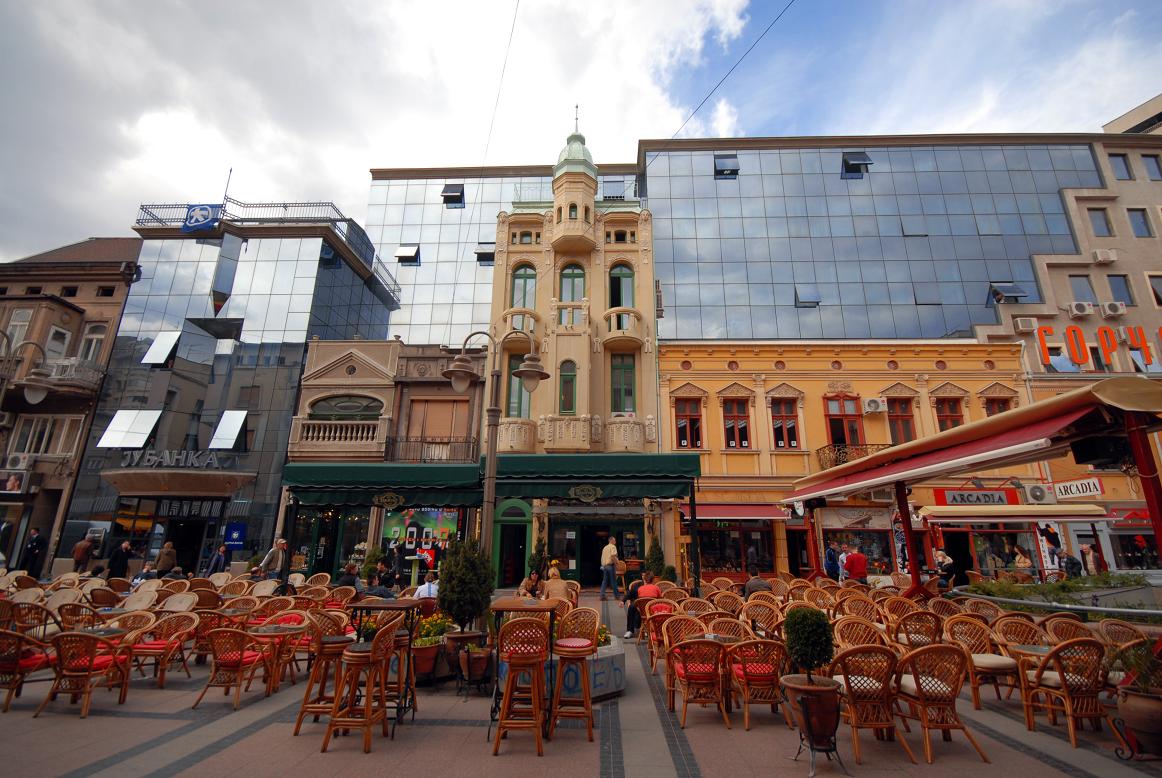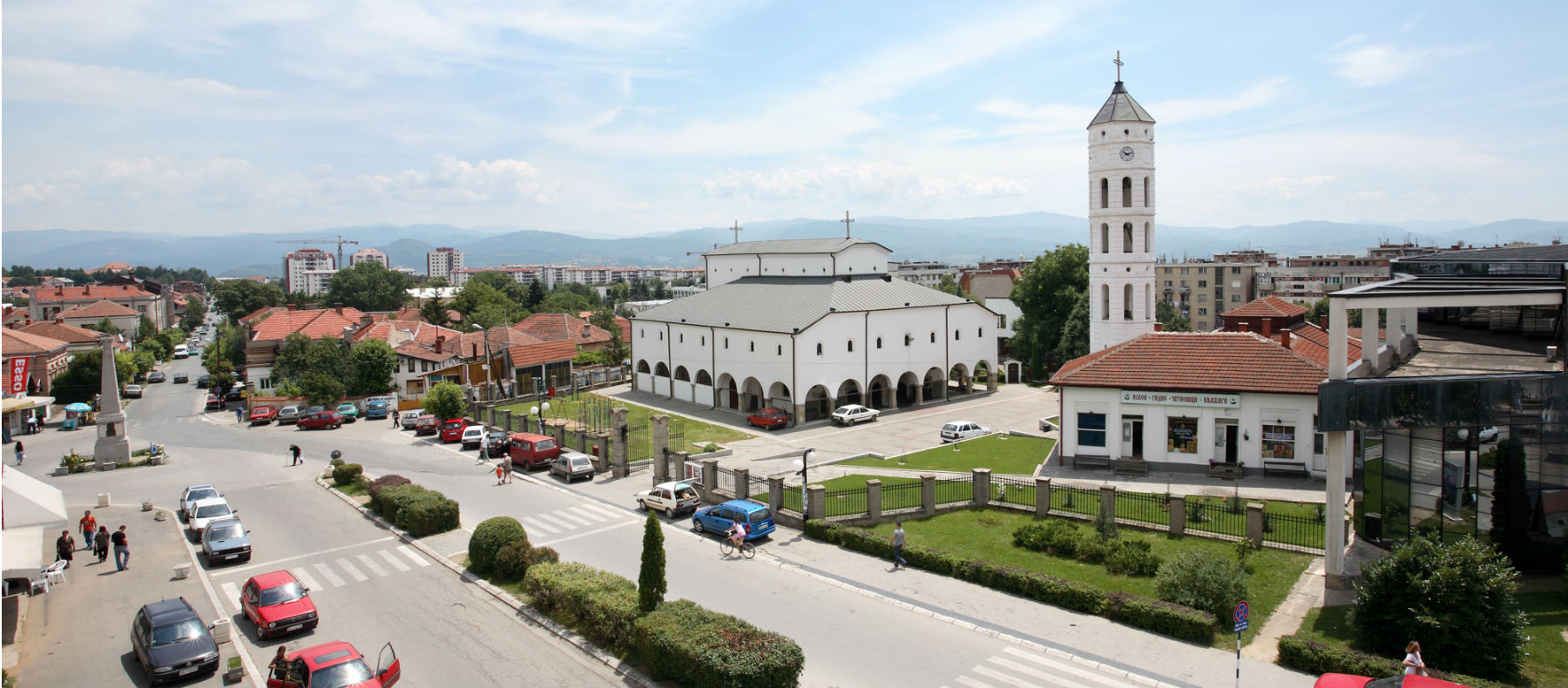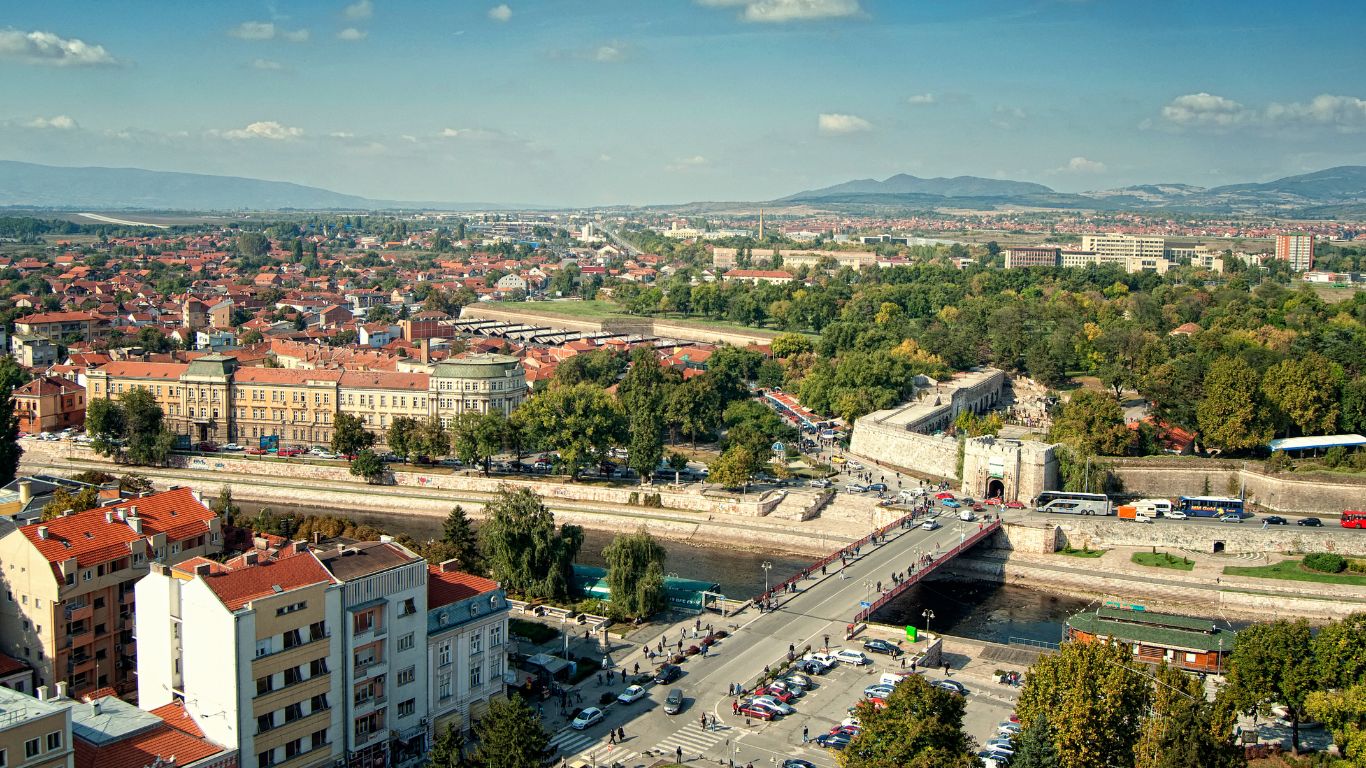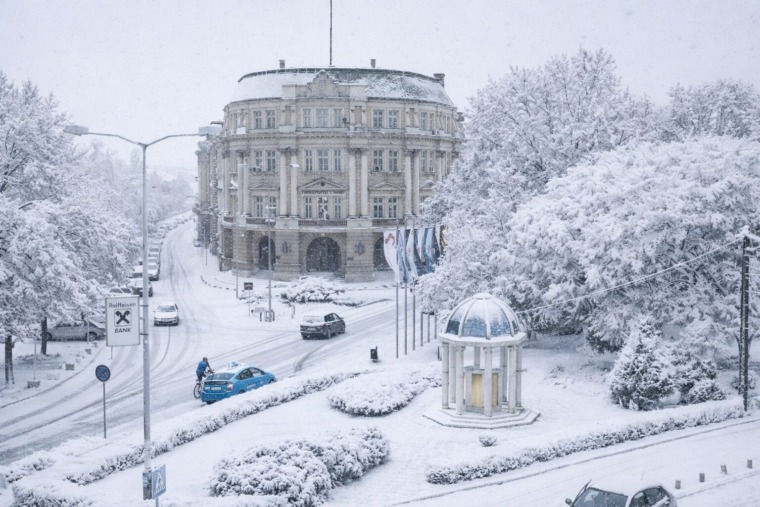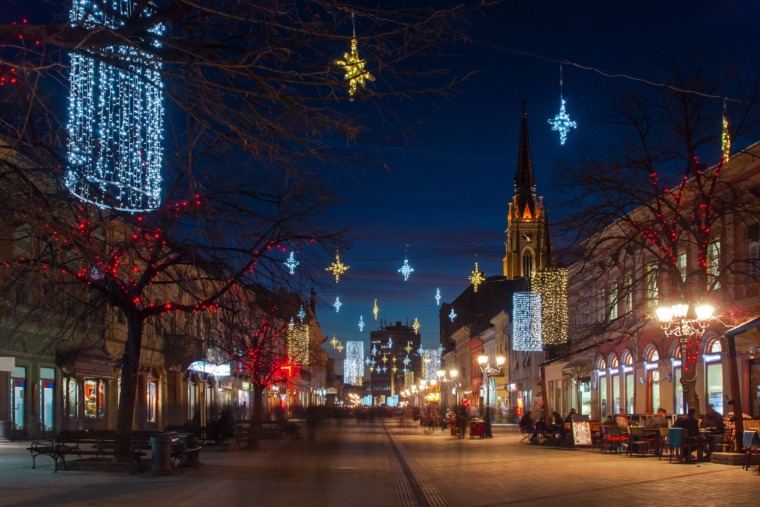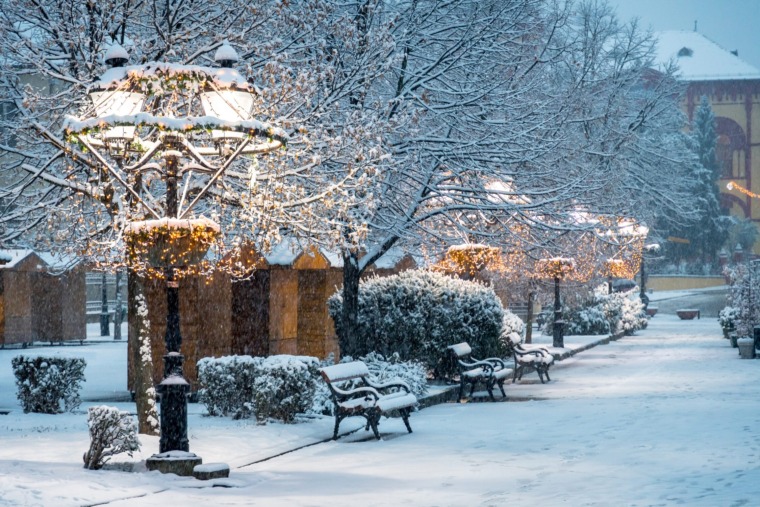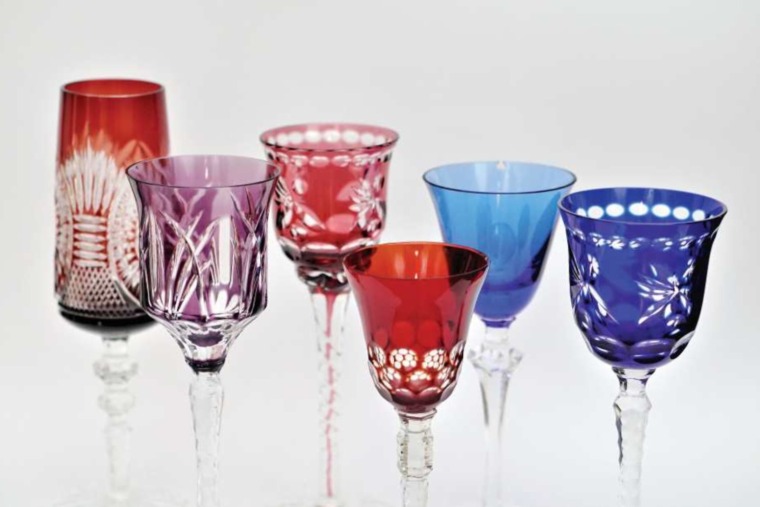The city of merry men and whimsical quirky comedians in which sounds of the first pianoin Serbia echoed through the first glass windows, while city hotshots drove around cobblestoned streets of old town in first fiacres and barouches.
Today Šabac is best known for its famous citizens and unique September fair.
A fortress reflects in theunruly waters of Sava river, and behind its heaven-reaching walls there is a city, the heart and soul of Mačva , a city of bohemians and merry men, soldiers bold and brave, a city of great men, grand men – a city called Šabac.
Čivija Republic
Among older generations, Šabac is known as Čivija Republic. “Čivija” is an old Turkish word that means nail. So what does that have to do with Šabac’s residents? Namely, story says that once upon a time, a duke came to Šabac and some unruly Šabac’s resident stole a nail from his carriage. On his way home the duke ended up in the dirt. Ever since then people from Šabac remained “nailers”. Ever since then “Nailers” kept and cherished the tradition of humor and satire in a happening called “Čivijada”, held every September in Šabac before the fair.
Being first in many things, Šabac got nicknamed “The Little Paris”. Maybe for its bohemian lifestyle similar to the one of Montmartre, the first piano of Miss Obrenović, first lordly fiacre or expensive dresses and tailcoats which sprawled around the old streets…? Either way, everyone would agree that there are numerous reasons why Šabac was worthy of its nickname.
Such brilliance and splendor Šabac owed primarily to Jevrem Obrenović, brother of Prince Miloš, who brought the European spirit to this city, hired engineers, and gathered famous intellectuals of his time. Jevrem’s residence, one of the most beautiful and mesmerizing edifices in Serbia at the time, was the gathering place of the elite and notable Serbs.
Jevrem’s residence was, unfortunately, demolished, but even today in every corner of Šabac you can see the marks left by centuries upon centuries. As Ottoman and Austro-Hungarian authorities alternated between themselves, the city changed from typical Balkan-oriented city with narrow streets, mosques and minarets to a place where “Šabac on Bair (cam, hill) developed so there is a lot for the eye to see…”, as one Vuk Karadžić’s friend wrote to him.

The fortress, a silent witness of turbulent history of Šabac, is still situated on the right riverbank of Sava river. This whole area known as the “Old City”and the Fortress with its surroundings represent the unique cultural and historical complex as well as recreational center and favorite picnic spot for residents of Šabac. In the Fortress’ shadow lies the river Sava’s city beach where the whole city life moves with the first sign of warm weather and first rays of sunshine.
Famous battles fought in Šabac’s vicinity
In the outskirts of Šabac, great battles had been fought and won. The famous Battle of Cerand the Serbian army’s magnificent victory on the outskirts of the Cer mountain (1914), in Sabac’s near vicinity was the first victory of allied forces in the WWI. A whole century before, in 1806 near Sabac, Battle of Mišar took place, when the uprising army led by Karađordje Petrović defeated the Ottoman army of Mehmed-beg Kulenović (KulinKapetan). Glorious victory was later extolled in many songs.
Šabac’s urban center and its scenery are predominated by a church of St Peter and Paul built in 1831. Located in the heart of the city center is the Grand Park with its beautiful pathways surrounded by thick green treetops and colorful flowerbeds where their murmurs twine with purl of the water fountain called “Ranjenik” (the wounded in Serbian), the park’s centerpiece.
Instead of cobblestoned streets with numerous craft shops where caravans transported exotic merchandise, coffee, spices, linen from Turkey and Middle East to Austro-Hungary, today we have new modern shops. Only a few of the old shops are still adorning and keeping the spirits of past times.
Still, the city’s soul is hiding in its taverns. There is no city in the whole Serbia with larger number of taverns per capita, and a history of tavern life that is so rich. Bohemian lifestyle of this city will pleasantly surprise and welcome into its loving arms every guest, especially the ones from abroad who want to discover all the charms and the restless spirit of Šabac.

It was rumored that Šabac has more taverns than residents, and once upon a time it was a lavish upscale center of Serbia. Gentlemen were quite fashionable and they dressed according to the latest trends, drove in the shiny black fiacres which caused many a head to turn, and were the first among the ones who read newspapers.
Serbia’s first piano was played right here in Šabac, a piano which Jevrem Obrenović bought for his daughter. The first houses that had glass windows instead of paper were also in Šabac. This rather small city spawned many famous Serbs: Janko Veselinović, Laza Lazarević, Stanislav Vinaver, Milić from Mačva, Kosta Abrašević, Draga Ljočić, Stojan Čupić “the Dragon of Noćaj”…
Once a very prosperous city, Šabac was defiled numerous times, demolished in the uprisings and World Wars, but thanks to its residents, who make this city a truly special place, Šabac was rebuilt time and time again and always remained known for its innovations. Šabac’s fair is one of the synonyms for this city.
When the early autumn spreads across Mačva, right during the Nativity of Theotokos (celebration of birth of Mary), whole Mačva and the people from Mačva district gather in the city on Sava’s riverbank. They feast under colorful tents and booths and enjoy the attractions of Šabac’s fair. Šabac’s residents say that if you don’t buy something at the fair bad luck will follow you for a whole year! So it is strongly advised to buy something small just so you could return from the fair with your mind at ease, and God forbid, some Šabac’s “čivijaš” fools you along the way.
While you are here, do not miss…
The view on Pocerina and Mačva’s plain from the Cermountain. The tame slopes of this moderately high mountain became an attractive tourist destination for Šabac’s residents’ picnics and rest, since it is only 15 miles away from the city. On the mountain there is a memorial tomb in Tekeriš village, raised in memory of soldiers who died in the Battle of Cer in 1914. While you are there, visit Radovašnica, Petkovica i Čokešina monasteries.
The famous village Mišar is located near the city’s vicinity, where famous Battle of Mišar took place in the WWI. There you can enjoy the museum’s permanent display of the artifacts dating from the First Serbian Uprising, as well as the monument erected in honor of the participants of the battle.
Related Articles
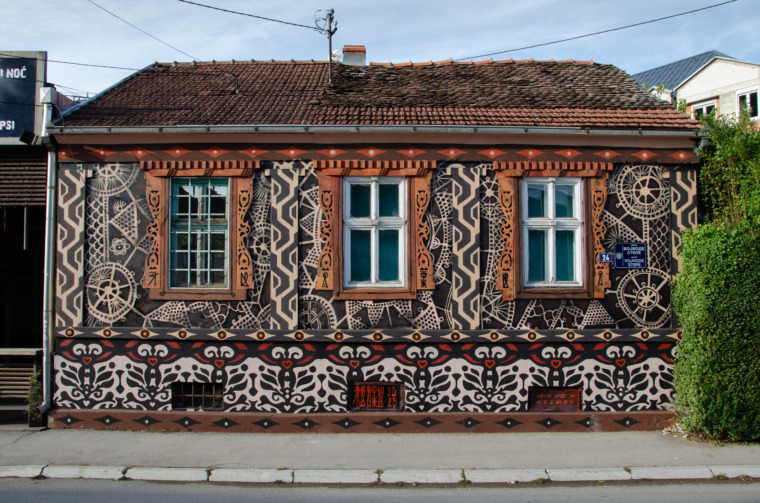
Čačak: Serbia’s Open-Air Gallery of Murals
December 19, 2025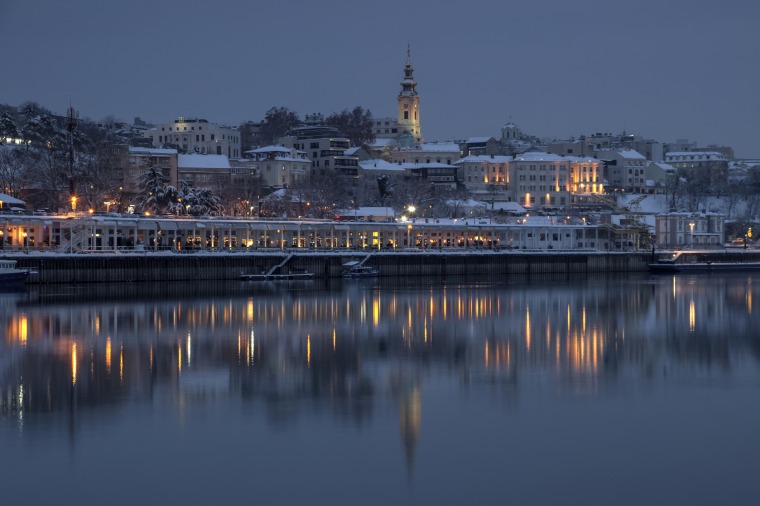
Belgrade in December: A City of Lights, Warmth, and Holiday Magic
December 5, 2025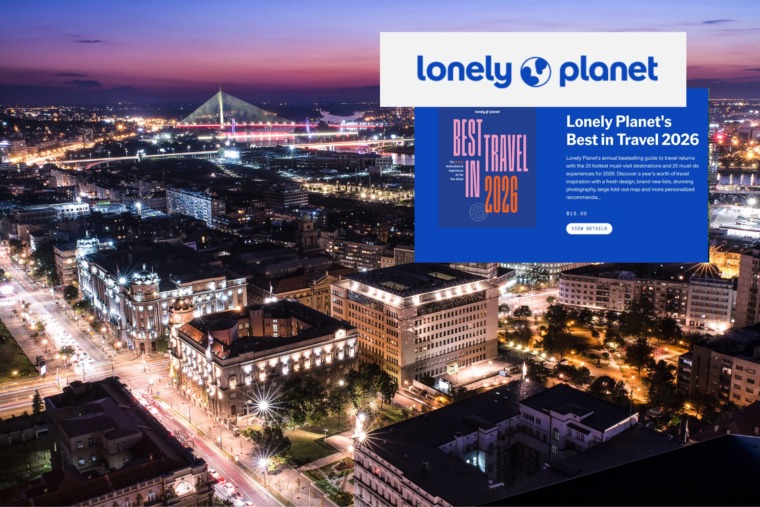
Belgrade Among Lonely Planet’s Top Experiences for 2026
November 14, 2025